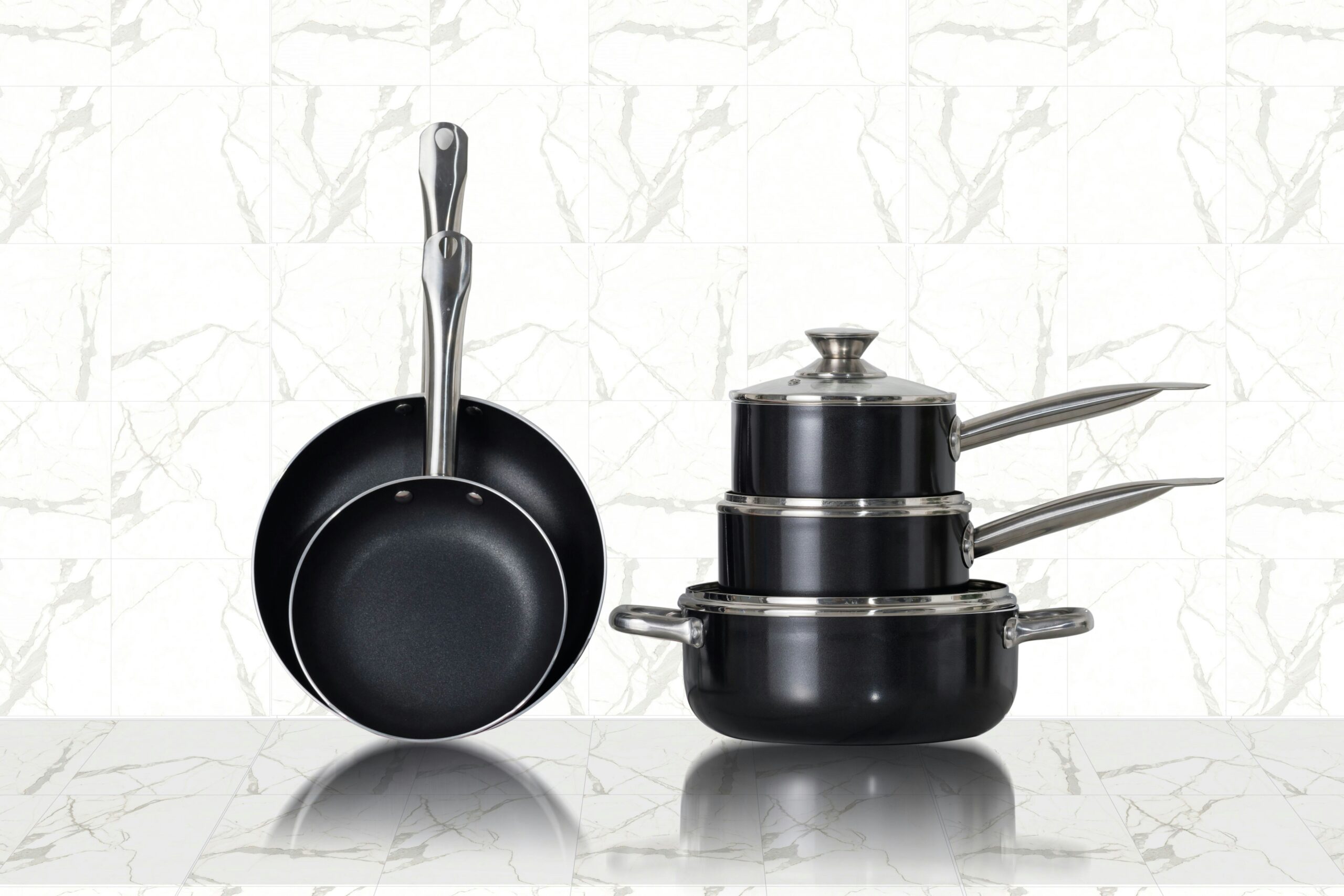Hubie Pilkington
Staff Writer
Whiskey is alluring. It isn’t just because supping it out of thick crystal glasses by firesides is one hell of a good look. It isn’t just because ordering a Jimmy, Johnnie or Jack ‘on the rocks’ is one of the suavest bar order’s going. It isn’t just because it’s Irish name, uisce beatha, translates as ‘water of life’. Nor is it just because it severely loosens up the lips, limbs and loins. No, whiskey is alluring because of it’s very composition and attributes – a honey glow, a simultaneous sharp and sweet taste, a smokey scent. It is no wonder then that there are nearly 750 recognisable whiskies worldwide.
Ireland has one of the most prominent positions in the whiskey world. We produce roughly 60 million bottles a year. Trademarks such as Jameson, Bushmills, Midleton and Powers are worldwide names. Of late, Irish whiskey sales in the US have surpassed those of their Scottish counterparts for the first time ever despite that our production only equals to 5% of that of the Scots. The Scots rattle nearly 90 million cases (with 12 bottles to a case) off the production line annually. Their production and distribution has turned from a small cottage industry into an international phenomenon. They too claim some of the best known brands of the stuff, such as Famous Grouse, Johnnie Walker and Glenfiddich. The Americans, also, have claimed a decent slice of the pie with their sweeter tasting brands. Their influence is such that, littered throughout American culture, mentions of “My friend Jack” or “My pal Jim” are constant. Furthermore, there have been many other nations that, more recently, have been joining the whiskey band-wagon such as Japan, Scandinavia, Australia, India and Germany.
There is a reason that, in the last decade or so, global whiskey production has grown. It is experiencing a renaissance. It is being revived as something that is no longer for the older gent. In fact, todays youth are embracing whiskey to such an extent that the gender stereotype that has surrounded whiskey for so long (that it is not a feminine drink) is being de-constructed. Whiskey has become a drink that students and CEOs alike can enjoy. But why, you may ask. Well, the allure and flexibility of the ‘golden spirit’ is quite tricky to escape, especially after the first glass!
But to explain the phenomenon of the past few years, it’s helpful to understand the most prolific categories – Irish, Scotch and American whiskey.
Irish whiskey holds it’s history, like a lot of Irish culture, in the church. When Irish monks returned from their Mediterranean travels around 1000 A.D. they brought with them a technique for distilling perfumes. Unsurprisingly we began modifying the technique until the result was a drinkable spirit. The distilling method has changed over the centuries, however, not to a great extent. In todays Ireland, Irish whisky still can only be considered such if, firstly, it is made on the island, secondly, if its aroma and taste reflect the flavours of the materials that were used in the distillery process and, thirdly, if it has been aged for at least three years in wooden casks. Furthermore, Irish whiskeys are, more often than not, triple distilled. Of course, each distillery differs in its brewing, whether this be through the type of casks used, the source of the water involved or the flavour of the grain that’s fermented. With all whiskeys different attributes make for different tastes.
Three well known brands which effectively represent the spectrum of Irish blended whiskey are Bushmills, Jameson and Paddy. Bushmills Black Bush label is aged in old sherry casks providing a smoother and fruitier taste. Paddy whiskey, while still soft, has a slightly dryer and spicier taste. Jameson can be deemed the middle ground between the latter two. It presents a smooth taste. The spice of the mixed grains used is balanced with the sweeter taste from the aging in sherry and bourbon casks.
Scotch whisky, meanwhile, was born from Irish whiskey a number of centuries after Ireland began making the spirit. The differences between Scotch and Irish whiskey, firstly, lie in the spelling – ‘Irish whiskey’ as opposed to ‘Scotch whisky’. Taste-wise, Scotch is a rougher whisky as a result twice-distilling (in comparison to Irish’s triple distillation). This leaves the rugged edge intact and lends to a far dryer taste. Scotland’s best selling blended Scotch, The Famous Grouse, has all the qualities of what makes a Scotch whisky, subtly balancing fruitiness with a smoky, spicy and peaty finish. Despite its light nature it packs a lot of richness. Johnnie Walker’s Black Label holds a more intense sweet-to-spice nature, initially embracing honey, vanilla and a touch of peat with a long, spicy and smoky finish. Meanwhile, Glenfiddich’s Special Reserve 12 year single malt presents a simultaneously fruity and malty taste leaving behind a smoky and nutty flavour.
American whiskey is a lot sweeter than it’s European influences. Trademark brands such as Jim Beam, Jack Daniels and Maker’s Mark all possess greater vanilla and honey flavours with smokey finishes, respectively. Fragrances vary depending on the grains used, the type of wood the casks are made of and the length of maturity.
From this brief overview of the world of whiskey it is clear to see that a lot of thought, time and patience goes into every brand, barrel and bottle. The variety of flavours available make it possible for each person to choose their own preferred label and this has stretched to the younger generations. Whether this is a result of good advertising or raw interest is up for debate. Whatever the case though, more and more people are drinking whiskey be it mixed, as a cocktail, on ice or unspoiled and straight. Furthermore, with Ireland’s rich tradition of whiskey distilling it would be a pity if our youth did not take hold of our history in the pubs, clubs and off-licences… and proceed to sip it from a thick crystal glass!







